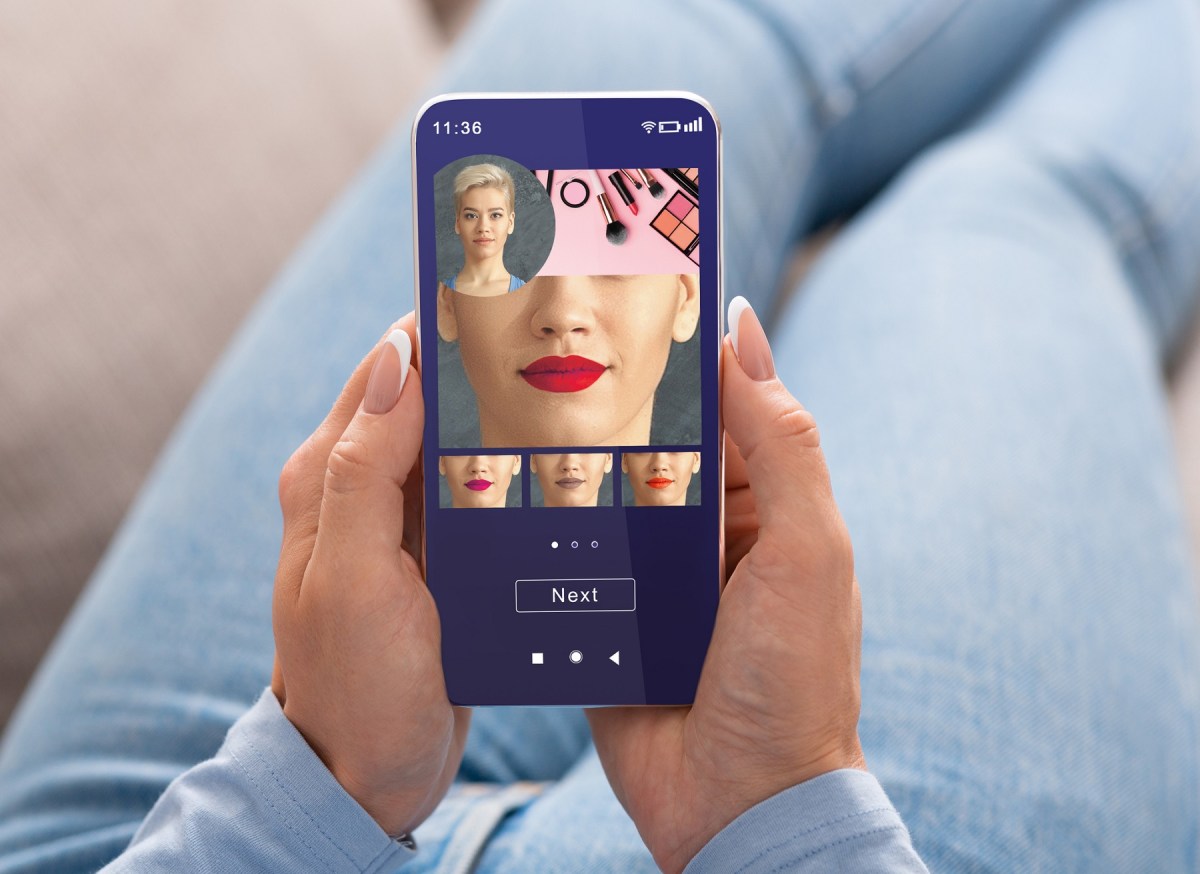Augmented reality and the metaverse are hot topics in retail with large global brands fighting to position themselves for this new reality, and to invest in the latest technology that consumers may (or may not) want.
But what is the reality when it comes to consumer demand for an augmented reality retail experience?
There is huge latent demand for this nascent technology, according to new data from Dynata in its global consumer trends report, ‘The New Experience Economy’.
The data reveals that when it comes to augmented reality shopping experiences, around one-third of Australians are interested in this technology and what it will bring to shopping. For Gen Zs (those aged under 25) this increases to nearly half.
Retailers who are ‘on the fence’ on whether they believe that this new way of experiencing shopping will take off, should consider that the demand is clearly already there. The question should be how quickly will retailers embrace the already available technology to meet this demand?
When it comes to making a purchase during or after an augmented reality shopping experience,
‘clothes, shoes, or accessories’ came out tops in terms of shopping categories with 39% of Australians who are at least slightly interested in any of the listed AR shopping experiences, agreeing that they would consider purchasing after an AR experience.
‘Trying on new makeup or hair colour’ came out second with 37%, and ‘Seeing what a new paint colour would look like on your walls’ came out third with 36%.
When asked how interested they would be in virtual shopping malls (as a type of metaverse experience), one-fifth of Australians (21%) said they would be interested in that online experience, and this rose to 36% for Gen Z (aged 25 and below).
When asked ‘out of the following categories to experience in the metaverse, which one that you think has the most potential to transform the way that you live?’ Out of a plethora of possible answers including ‘work’, ‘socialising’ and ‘gaming’ the most popular answer was ‘shopping’ with 22%.

